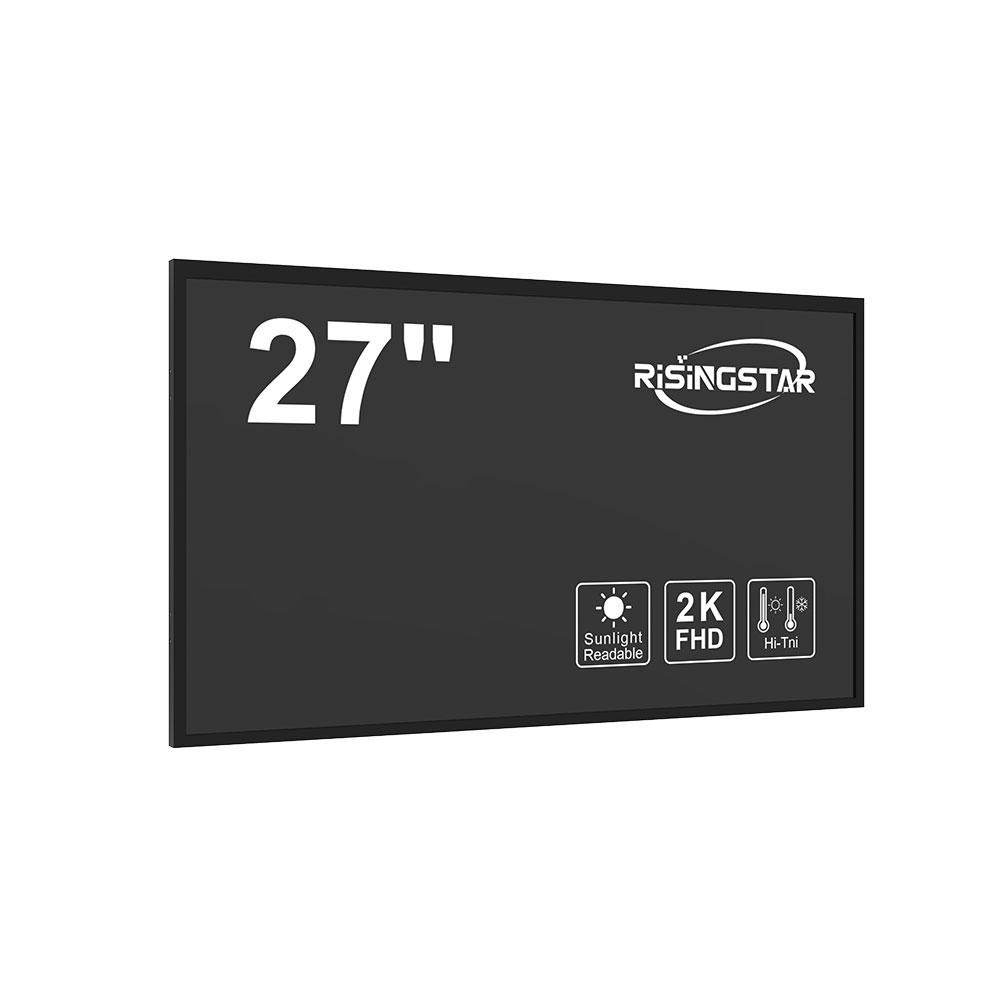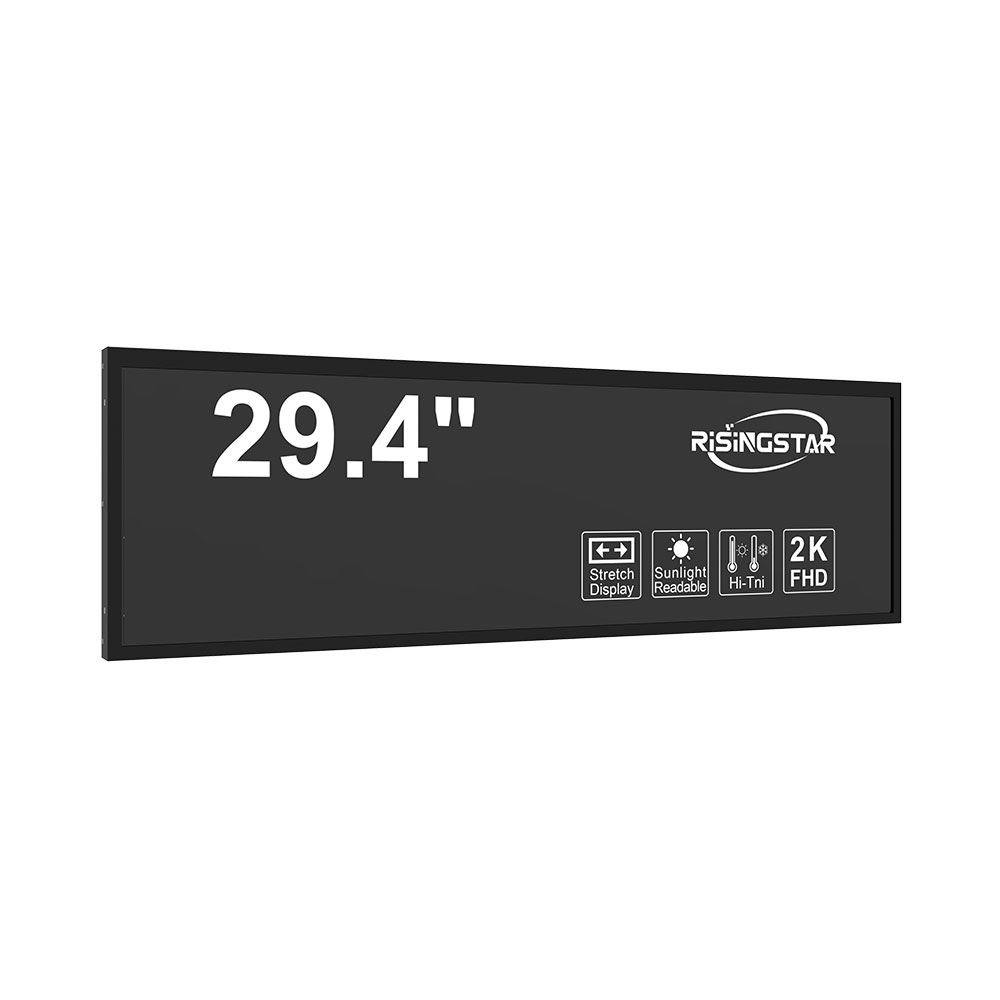
Privacy statement: Your privacy is very important to Us. Our company promises not to disclose your personal information to any external company without your explicit permission.
When it comes to deploying LCD screens in harsh environments—such as construction sites, public transportation hubs, or outdoor advertising displays—the IP66 waterproof rating is a critical benchmark for durability and reliability. Unlike indoor displays that operate in controlled conditions, outdoor LCDs must withstand not only water exposure but also dust accumulation, UV radiation, and extreme temperature fluctuations.
The IP (Ingress Protection) rating system, defined by the International Electrotechnical Commission (IEC 60529), provides a standardized method to classify the degree of protection provided against solid objects (like dust) and liquids (like water). An IP66 rating means the device is completely protected against dust ingress (the "6") and can resist powerful water jets from any direction (the "6"). This makes it ideal for applications where rain, splashing water, or even high-pressure cleaning is expected.

For example, a 42-inch outdoor LCD screen with an IP66 rating used in a bus stop kiosk will continue to function reliably during heavy rainfall or snow melt without internal moisture damage. In contrast, a non-rated display might fail within hours under similar conditions due to condensation or water penetration. Industry case studies—from airports in Singapore to highway billboards in Germany—show that IP66-rated screens reduce maintenance costs by up to 40% over a 5-year lifecycle compared to lower-rated alternatives.
To achieve this level of protection, manufacturers implement advanced sealing techniques using rubber gaskets, silicone seals, and reinforced front glass. The enclosure design often includes drainage channels and pressure equalization vents to prevent condensation buildup. Moreover, these screens are tested under controlled lab conditions using methods like IEC 60529 Annex A (for dust) and Annex B (for water jets at 100 liters per minute at 30 kPa pressure).
It's important to note that while IP66 ensures resistance to water jets, it does not mean the screen is fully submersible—IP68 would be required for that. Therefore, proper installation and environmental assessment remain essential. For engineers and integrators, selecting an IP66-rated display isn’t just about compliance—it’s about future-proofing your deployment and ensuring operational continuity in unpredictable weather.

Email to this supplier

Privacy statement: Your privacy is very important to Us. Our company promises not to disclose your personal information to any external company without your explicit permission.